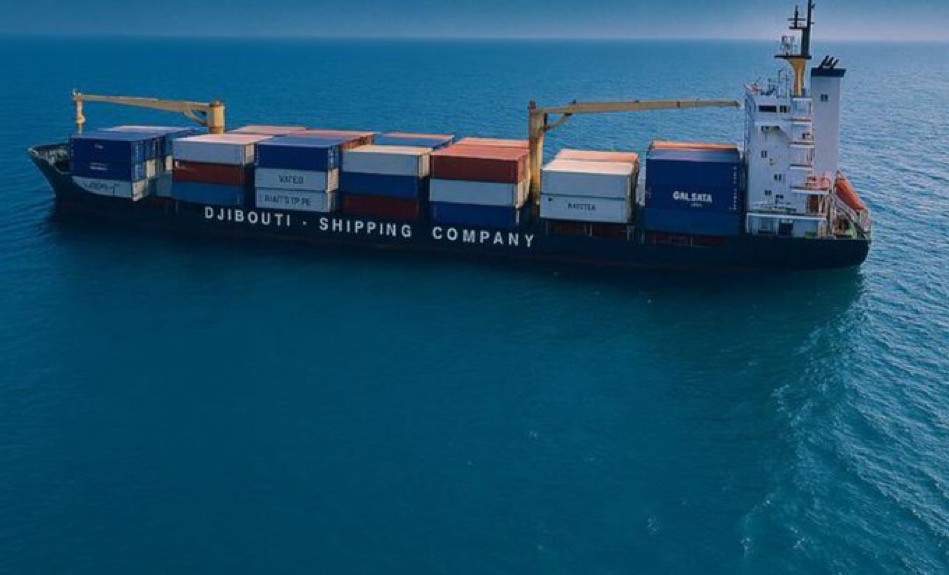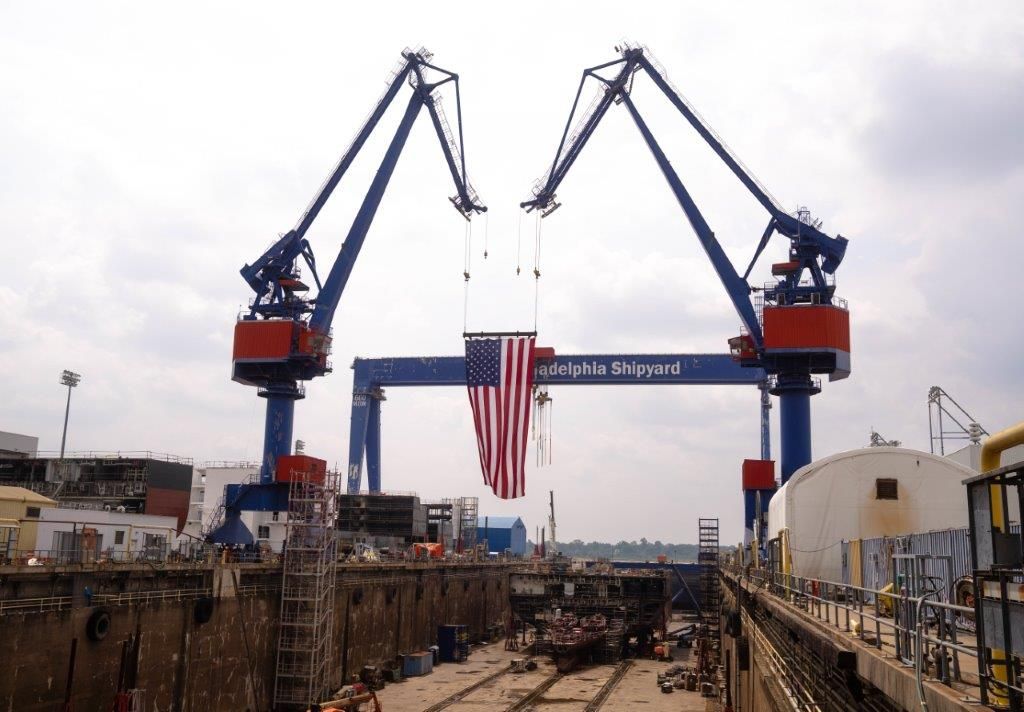Seatrade Maritime: Container shipping market outlook for H2 2025
In a five-part series mid-year we take stock of shipping markets in the first six months of the year and look ahead to the remainder of the 2025 with experts Maritime Strategies International (MSI).
In this second part the Seatrade Maritime Podcast talked to Daniel Richards from MSI, about the developments in the container shipping market and the outlook for the remainder of the year.
Container shipping market over the first half of 2025
With the container market facing two broad uncertainties coming into 2025 Richards notes there has never been a dull moment as an analyst covering the sector. The two uncertainties were – US President Trump’s proposes tariffs and the timing of a potential return by lines to transiting the Red Sea and the Suez Canal in the face of the certainty of fleet expansion.
You can listen to the full interview as a podcast in the player above
“In practice, what’s happened is that the tariff situation has been incredibly volatile. There’s been no real change to the status quo in the Red Sea, and fleet growth has been elevated, as expected,” he explains.
In terms of what meant in terms of market performance in the first half of the year – “In many respects it’s actually being more stable and a less volatile year than 2024 was.”
Related:Trade by-passing US says DHL Global Forwarding
Breaking the markets into two parts – the Transpacific trade and all the other trades, in the latter Richards sees there has “been more of a return to normality in terms of seasonal trends in that the markets”.
Looking across the European trade, as well as some Middle East and Latin American routes there was a normal seasonal pattern of a weakening market January through to May, with increasing port congestion in Europe in June with freight rates starting to increase.
“So, while there’s been a lot of macroeconomic geopolitical volatility, a lot of individual container trades have actually performed as you would normally expect them to from a seasonal perspective, with the exception of the US where it’s been more of a roller coaster, in relation to the timing of Trump’s tariff announcements,” he explains.
Container freight rates in Q1 2025 were down 5% on Q4 2024, and up 7% year-on-year on Q1 2024, and Q2 2025 figures are expected to show a pretty stable picture compared to Q1 or possibly a bit lower. “Spot markets have picked up as we get into peak season, but it is overall still a relatively subdued market and you can begin to see the fact that oversupply is having an impact just beyond the volatility on individual trades.”
Related:MPC Container Ships books for newbuilds at Taizhou Sanfu
While there has been a relatively normal market in the first Richards does make the caveat that there is a “likelihood that something will come along in the next six months to upturn that statement”.
Impact Trump’s tariffs on US trades
“The tariff situation is certainly going to weigh on the US trades. We’ve seen US bound freight rates come off quite sharply in the past month or so and all else equal, that seems likely to continue over the second half of this year,” he says.
Many uncertainties remain around tariffs and whether levels announced for certain countries from 1 August will be enforced from that date of be pushed further out pending negotiations. As a whole Richards sees the situation as “less dangerous” than immediately following “Liberation Day” in early April, “But it is I think worth taking stock at the fact that average tariffs are going to be much higher than they were at the end of last year.”
As yet the impact from higher tariffs has not filtered through much to container trade volumes which increased in the region of 4 – 6% year-on-year so far for 2025.
“I think with the US though that trade position is going to deteriorate in the second half of the year.” How much shipments have been frontloaded in the first half of the year remains somewhat unclear. However, MSI expects US container trade imports will contract in the second half of 2025 on a year-on-year basis with weakness filtering through for at least another year.
Related:PIL adding two new Latin American feeder services
“That’s likely to drive rates downwards simply because the fleet keeps growing and liners are beginning to show signs of struggling as to where to put all these large ships as are coming into the fleet,” Richards says.
Red Sea return on hold
With no attacks by the Houthi on ships in the Red Sea in the first half of 2025 some lines such as CMA CGM were starting to look to put services back through the region, however, the attacks on the bulkers Magic Seas and Eternity C in July have changed those plans.
“That’s clearly now being put on hold indefinitely and there’s no real prospect of return for those sailings anytime soon and we’ll just have to wait and see about how that, how that plays out. But it’s a return to a very dangerous situation in that part of the world and one that doesn’t look like it will be resolved in the immediate term.”
Demand and supply outlook
Looking at the supply of vessels Richards says, “The orderbook in particular remains large. Liner companies have continued to place new orders at a very healthy clip and we’re up to around 2 million teu of new orders placed so far this year and that’s really meant that the orderbook fleet ratio has remained stuck at just over 30% of the fleet are still very heavily weighted towards larger vessel segments.”
There has though been an uptick in ordering vessels of smaller sizes which is seen as overdue given the age profile of that part of the fleet.
Red Sea diversions via the Cape of Good Hope, which look set to continue, have helped to prop up the market in terms of finding usage for new ships hitting the water.
On a full year basis though MSI expects fleet growth to outstrip container trade growth. Container trade growth is expected to grow around 3.5 – 4% while the fleet is expected to grow by around 6.5%.
Looking ahead Richards says they expect container trade growth to weaken going into next year driven by the US. “There’s also a question of how long China can continue to export its surplus of manufactured goods to external trading partners without those piling up into inventories or inviting retaliatory trade measures from countries apart from the US.
“The trade outlook as we move into next year is likely to weaken, but the outside of the US is unlikely to be catastrophic,” he predicts.
On the supply side fleet growth will slow in 2026, before substantially accelerating as we move beyond 2026 as orders place in the last 18 months start to be delivered.
For the remainder of 2025 MSI expects a weakening of the demand supply balance in the second half of the year and that will weigh on freight markets moving past the peak season.
While there will be some respite on new deliveries in 2026 the accumulated volume of new tonnage will weigh on the market. “Even if there’s no resolution to the Red Sea crisis, it is still an industry facing potential oversupply, and we think we will face actual oversupply in practice,” he concludes.
Related Posts





